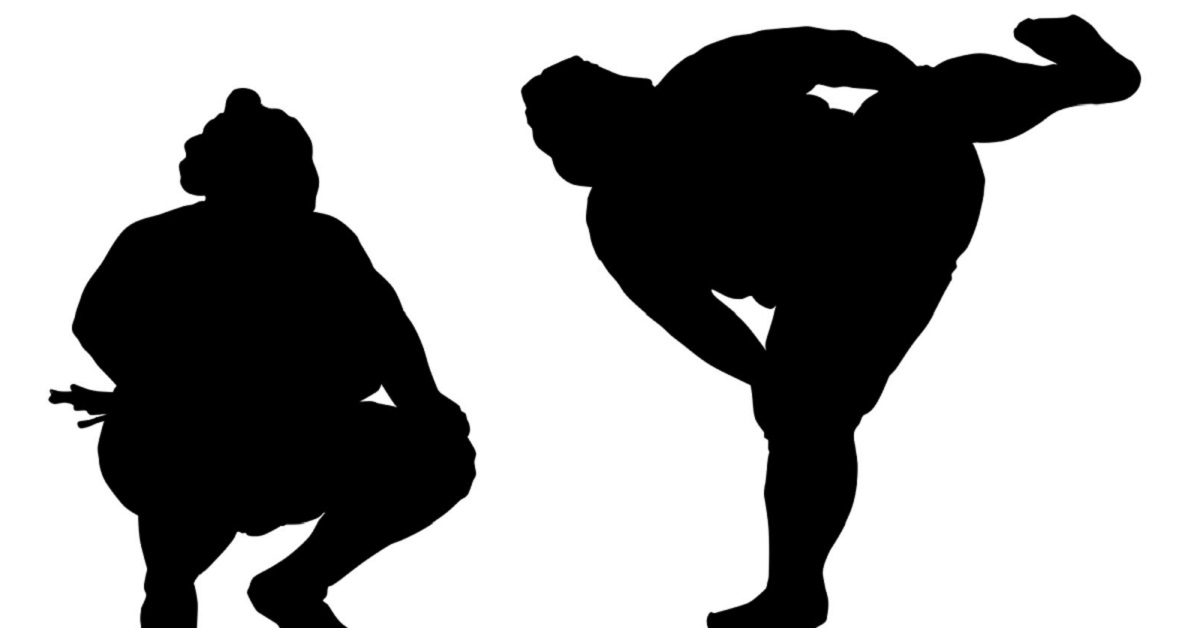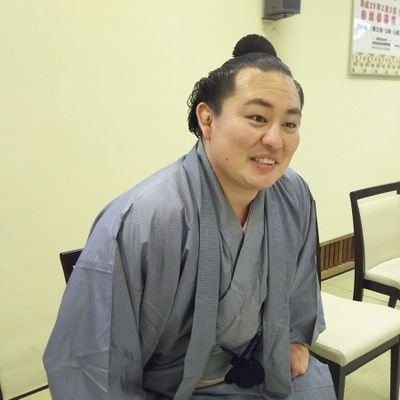A Jungyo Director plays a vital leadership role within the Japan Sumo Association. Their work ensures that regional tours proceed smoothly and safely, allowing fans across Japan to experience sumo up close. Understanding this role is essential for appreciating how much preparation and coordination go into every tour.
- Primary Roles of a Jungyo Director
- Below is an overview of the Jungyo Director’s primary duties.
- Specific Responsibilities of a Jungyo Director
- Key Points Prioritized by the Jungyo Director
- Differences Between a Jungyo Director and Other Sumo Roles
- Flow of Tour Operations and the Director’s Involvement
- Conclusion
Primary Roles of a Jungyo Director
A Jungyo Director acts as the central coordinator who manages the overall flow of a regional tour. Because jungyo events take place across Japan, the size of the venue, available facilities, audience routes and local support can vary widely. The director must handle numerous adjustments to create conditions that ensure both comfort and safety.
Regional tours are also essential for bringing sumo culture to communities throughout the country. The Jungyo Director is responsible for creating an environment where athletes and staff can perform safely while visitors enjoy the event. This requires understanding local characteristics and planning the tour accordingly.
Below is an overview of the Jungyo Director’s primary duties.
【Roles of a Jungyo Director】
| Role | Description |
|---|---|
| Overall coordination | Manages the entire structure of the tour and departmental communication |
| Safety management | Ensures safe and comfortable conditions for both spectators and rikishi |
| Local cooperation | Builds relationships with local organizers and municipalities |
| Operational decisions | Oversees daily progress and resolves issues quickly |
────────────────────
Specific Responsibilities of a Jungyo Director
A Jungyo Director’s duties span from preparation to on-site management, requiring different types of decisions depending on the stage of the tour.
Preparation before the tour
This includes checking venue facilities, arranging dohyo installation, adjusting lighting and sound systems, planning rikishi travel routes and coordinating with local organizers. Because tours often continue for several days, the director observes the entire schedule in advance and removes factors that could cause confusion. Meetings with local organizers help determine expected attendance and event details, ensuring that the operations fit the needs of each region.
Operational management on the day
Tour days involve rapid changes in venue conditions, requiring the director to respond quickly. This includes monitoring rikishi movement, audience flow, congestion around merchandise stands and emergency readiness.
Because regional tours take place in unfamiliar buildings or environments, unexpected situations may arise. This is where the director’s ability to assess conditions and take timely actions becomes essential.
Support and condition management for rikishi
Tours are physically demanding because breaks are limited and travel is frequent. The Jungyo Director must observe the physical condition of rikishi each day and adjust workloads if needed.
Protecting athletes during the tour is critical because their performance in upcoming tournaments depends on stable conditioning.
────────────────────
Key Points Prioritized by the Jungyo Director
Many elements require attention, but the most important priorities can be summarized into three categories.
Ensuring safety and comfort
Safety forms the foundation of a successful regional tour. The director inspects potential hazards, eliminates dangerous spots and maintains a reliable first-aid system. Providing clear routes and appropriate staff guidance helps ensure smooth visitor movement and reduces risk.
Improving the quality of fan interaction
Regional tours allow fans to enjoy unprecedented closeness with rikishi. The director works to balance rikishi workload with enjoyable interaction, such as signing sessions or sumo workshops. When this balance is well managed, the local appreciation for sumo increases, which may strengthen future tour attendance.
Understanding rikishi condition with a long-term perspective
Tours serve an important cultural purpose but must not compromise a rikishi’s readiness for official tournaments. The director evaluates fatigue levels, adjusts matches when appropriate and creates a schedule that prevents strain. This long-term view supports overall performance and ensures stable tour operations.
────────────────────
Differences Between a Jungyo Director and Other Sumo Roles
The Japan Sumo Association has various roles, each with specific functions. The Jungyo Director focuses on on-site coordination, which distinguishes the position from others.
【Main Association Roles】
| Role | Description |
|---|---|
| Jungyo Director | Central coordinator responsible for all aspects of the tour |
| Stablemaster | Manages a stable and develops rikishi |
| Judge | Evaluates techniques and issues decisions during tournaments |
| Gyoji | Conducts bouts and manages ring-side proceedings |
Because the Jungyo Director handles many unpredictable conditions on-site, the role demands broad experience and strong decision-making skills.
────────────────────
Flow of Tour Operations and the Director’s Involvement
The Jungyo Director participates in every stage of the tour. The workflow below outlines how the responsibilities unfold.
【Tour Process and Director’s Responsibilities】
| Stage | Role of the Director |
|---|---|
| Preparation | Venue inspection, local coordination, travel schedule creation |
| Day before the event | Final checks of equipment and staff assignments |
| Event day | Safety management, problem-solving, operational adjustments |
| After the event | Review of issues and planning improvements for the next tour |
Since the director remains involved at all stages, the position serves as the backbone of regional tour operations.
────────────────────
Conclusion
A Jungyo Director oversees the full structure of a regional sumo tour and handles venue management, safety, rikishi condition monitoring and communication with local organizers. Regional tours play a key role in sharing sumo culture throughout Japan, and their success depends greatly on the director’s expertise and leadership. Understanding the role of a Jungyo Director offers a deeper appreciation of how tours are organized and highlights the extensive preparation behind each event.





コメント